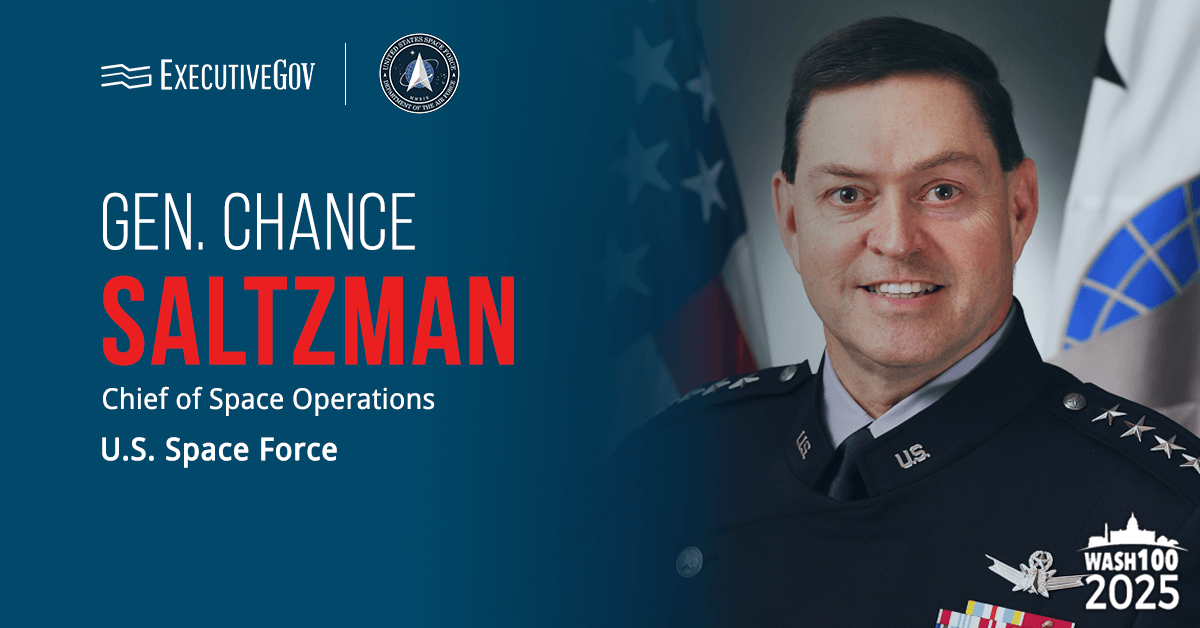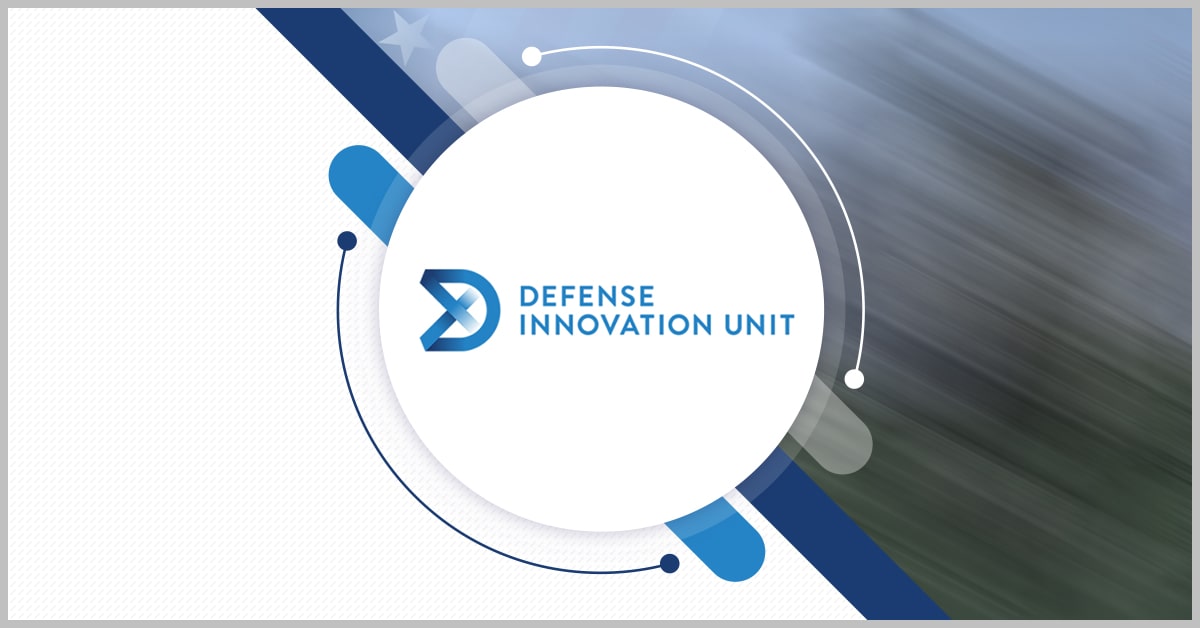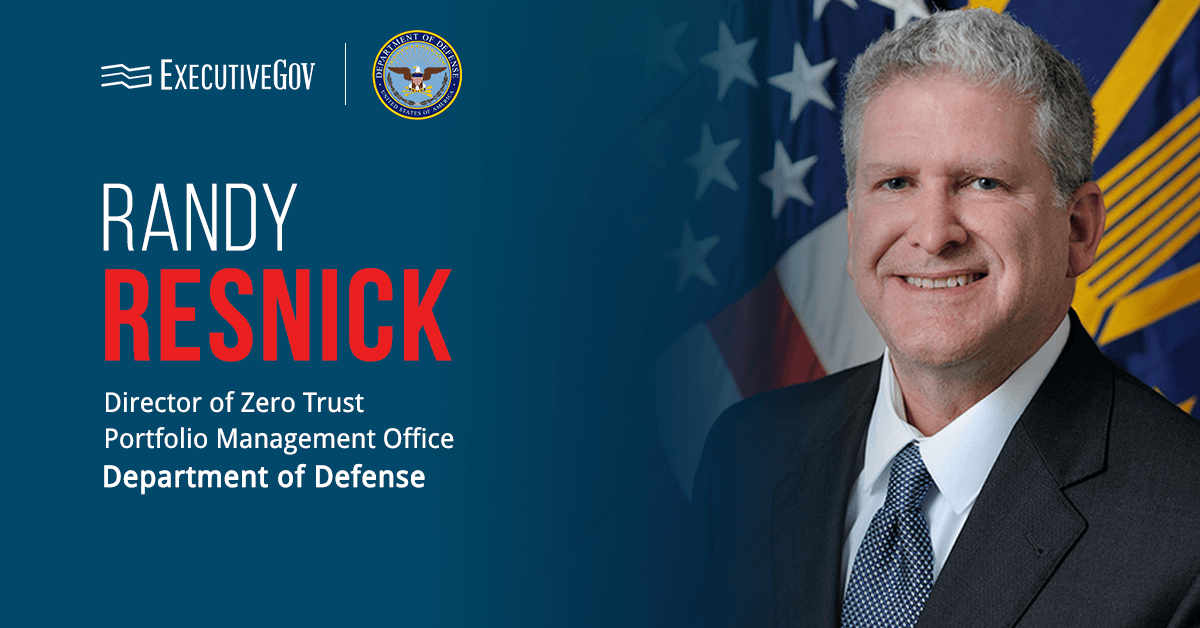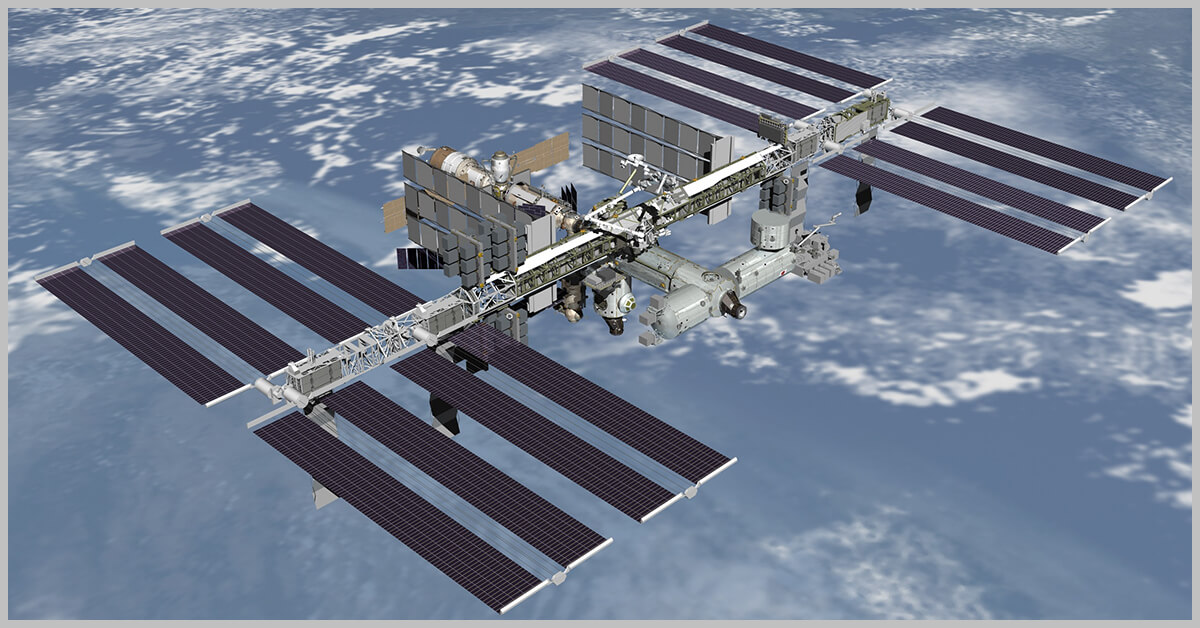The chief of space operations told Congress that present policies are restricting the U.S. Space Force’s capabilities to respond to threats on U.S. assets in orbit. During a congressional hearing Thursday, Gen. Chance Saltzman, a three-time Wash100 Award winner, discussed with lawmakers the importance of establishing a declaratory policy to move fast, especially as adversaries like China rapidly expand their presence in space.
Bureaucracy Impeding US Space Superiority
Saltzman explained to the US-China Economic and Security Review Commission, a bipartisan advisory group, the current process to carry out basic operations such as developing and testing capabilities and training, all of which are done in simulation.
In his written testimony, the space leader pointed out that the U.S. government and the Department of Defense have outdated ways of thinking, leading to restrictive space policies.
He said, “we restrain ourselves from doing what is needful to avoid creating improper perceptions of ‘weaponizing space.’ In reality, space has been weaponized for at least two decades, and our slowness to absorb that reality has held back our progress.”
He also raised concerns about over-classification, which affects information-sharing across the Joint Force and with partners and allies. Saltzman said the present attitude about information sharing is “need to know” rather than “need to share,” which the official said is a more progressive take.












